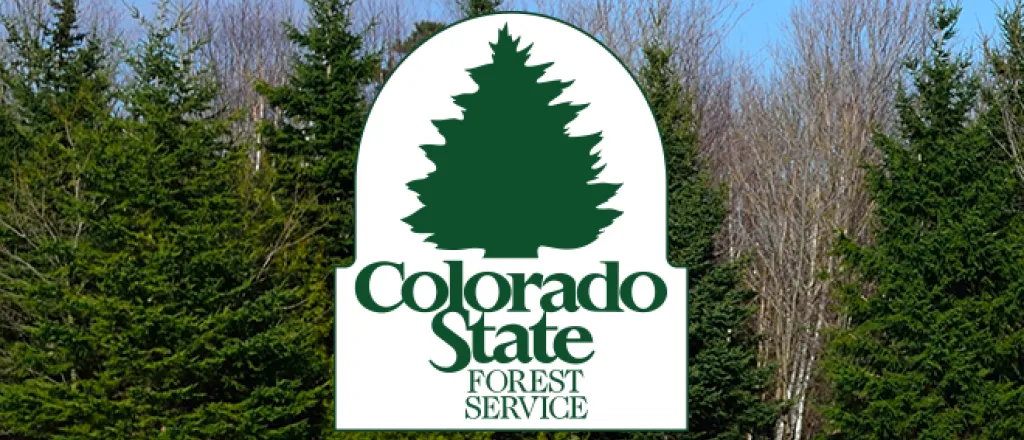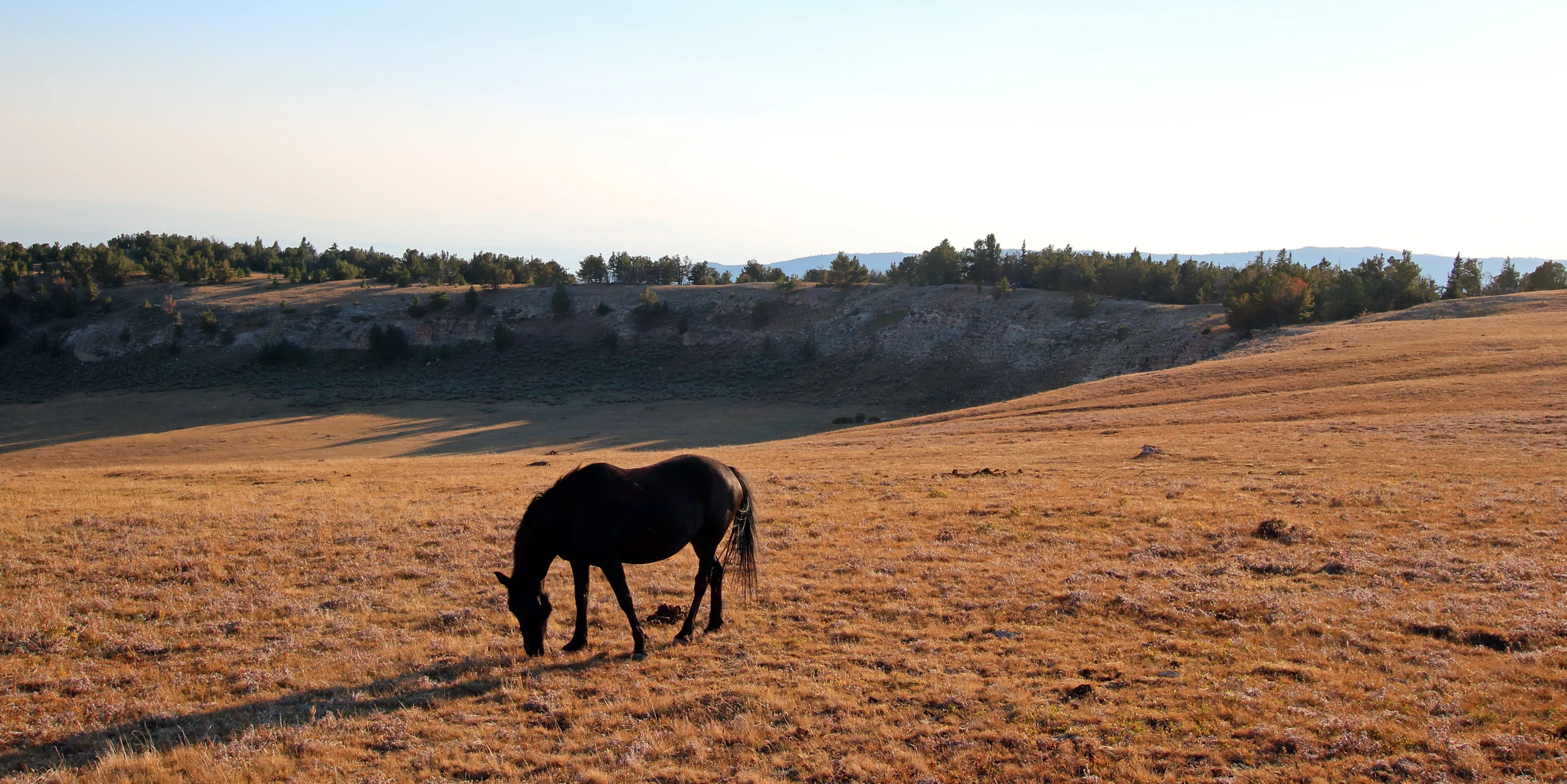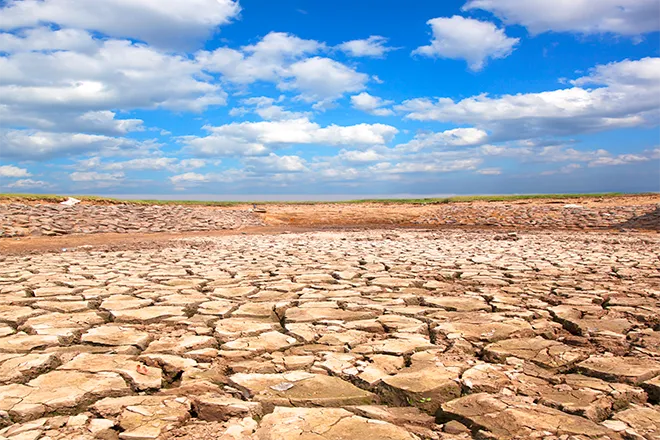
Forest Health Report Focuses on Dealing with Colorado’s Dead Trees
Bark beetles have caused widespread tree mortality on roughly one-fifth of Colorado’s forestland over the past two decades. But the problem of dead and dying trees in the state’s forests offers an opportunity: standing dead trees can hold value for years, and currently are being utilized by wood products businesses in efforts that support forest management efforts.
Colorado has more than 100 sawmills, and an estimated one-third of them use beetle-killed trees as part of their wood supply. In Grand County alone, dead trees from over 30,000 acres of private and state land have been sustainably harvested and processed into valuable wood products more than a decade after the mountain pine beetle epidemic impacted the area. Yet the majority of Colorado’s mills are smaller operations, and the state still lacks the wood utilization capacity necessary to fully address the broad scope of forest management needs.
The 2017 Report on the Health of Colorado’s Forests, distributed this week by the Colorado State Forest Service at the annual Joint Agriculture and Natural Resources Committee Hearing at the State Capitol, highlights these and other facts related to forestry issues in the state. The theme of this year’s report is “Meeting the Challenge of Dead and At-Risk Trees.”
“Our forests bring incredible value to Colorado, from clean air and clean water to the beautiful landscapes that we treasure,” said Mike Lester, State Forester and Director of the Colorado State Forest Service. “Around the state, we are working with partners and industry professionals to pursue effective methods of harvesting and marketing standing dead timber, and advocating for forest policy changes focused on real-world solutions. However, due to the scope of forest health challenges, there is still a lot of work to be done.”
Other highlights from this year’s report include:
·Spruce beetle was Colorado’s most widespread and damaging forest insect pest for the sixth consecutive year. A total of 206,000 acres with active infestations were observed in high-elevation Engelmann spruce forests.
·Mature Douglas-fir trees continued to be attacked and killed by Douglas-fir beetle, impacting a total of 14,000 acres in the central and southern portions of the state.
·Several programs and methods currently are being employed to deal with these bark beetles in the hard-hit Gunnison Basin, including the Western Bark Beetle Program, the use of pheromone treatments to repel beetle attacks, and use of the Good Neighbor Authority to allow state contracting procedures for management efforts on federal lands.
·A 21-member Forest Health Advisory Council, created through legislation passed in 2016, first convened in 2017 and is working across organizational boundaries to identify barriers to, and opportunities for, improving Colorado's forest health.
Each year, forest health reports provide information to the Colorado General Assembly and residents of Colorado about the health and condition of forests across the state, including recent data, figures and maps.
Information for the reports is derived from an annual aerial forest health survey by the CSFS and the Rocky Mountain Region of the U.S. Forest Service, as well as field inspections, CSFS contacts with forest landowners and special surveys.















